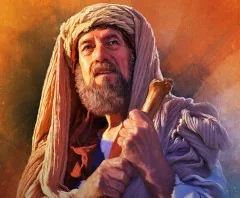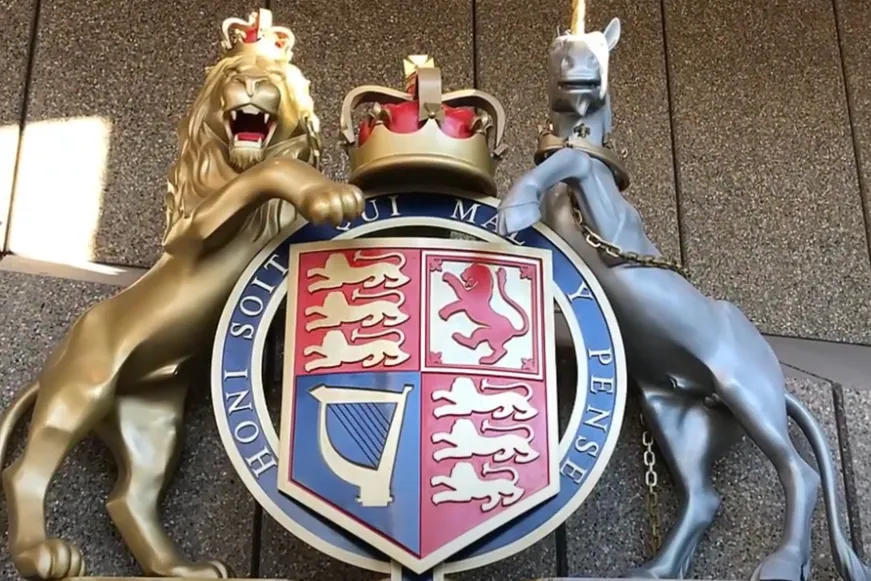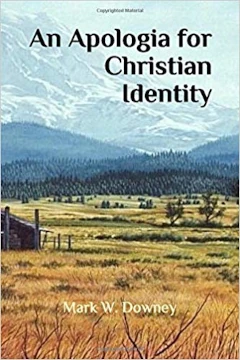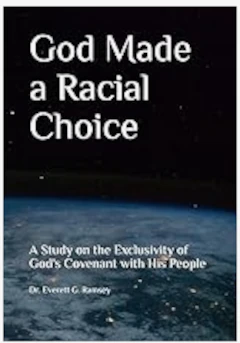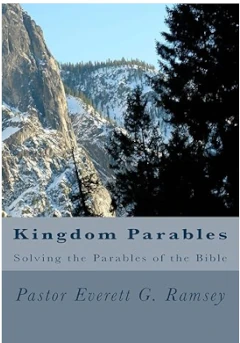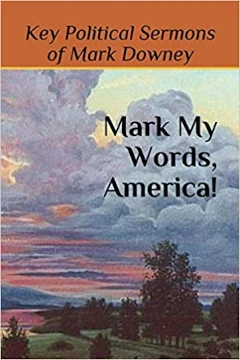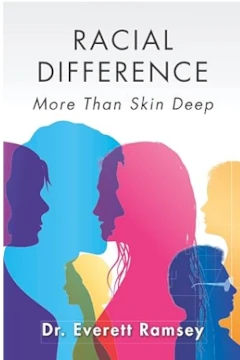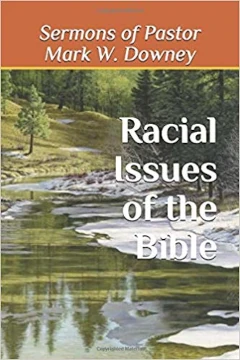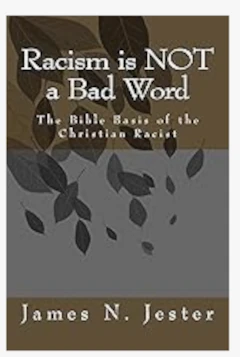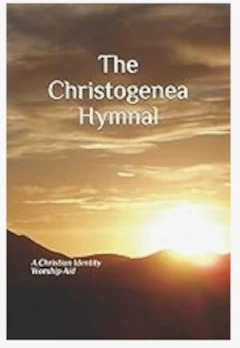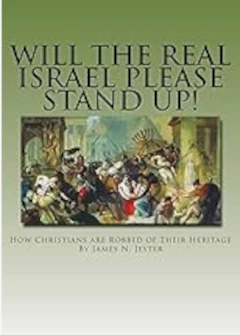The Battle Hymn of the Republic, Part 1
By Pastor Don Elmore
About 1856 William Steffe wrote a Methodist camp-meeting song with the traditional "Glory Hallelujah" refrain; it started with the words, "Say, brothers, will you meet us on Canaan's happy shore?" The tune had such an infectious swing that it became widely known. Early in the war between the United States of America and the Confederate States of America, a regiment stationed in Boston included a soldier named John Brown. This regiment using Steffe's tune sang about the murderer John Brown of Kansas and Harper's Ferry, Virginia, but directed it as a jest toward their contemporary with the same name--John Brown!
Soon more and more verses were added about the radical abolitionist John Brown. As the song spread among the Union troops, it became their official anthem--"John Brown's Body." But in 1862 new words were substituted in place of "John Brown's Body" which became the best-known song of the Union Army during the War, and has come to be a well-love American patriotic anthem--even though the theological and political meaning of the song is not only antichristian, but also pro-humanistic!
The words of the song became known as: "The Battle Hymn of the Republic"
Mine eyes have seen the glory of the coming of the Lord,
He is trampling out the vintage where the grapes of wrath are stored,
He has loosed the fateful lightening of His terrrible swift sword.
His truth is marching on.
CHORUS:
Glory! Glory! Halleujah!
Glory! Glory! Halleujah!
Glory! Glory! Hallelujah!
His truth is marching on.
I have seen Him in the watch-fires of a hundred circling camps
They have builded Him an altar in the evening dews and damps.
I can read His righteous sentence by the dim and flaring lamps
His day is marching on.
CHORUS
I have read a fiery gospel writ in burnish'd rows of steel,
As ye deal with my contemners, so with you my grace shall deal;
Let the Hero, born of woman crush the serpent with his heel,
Since God is marching on.
CHORUS
He has sounded forth the trumpet that shall never call retreat
He is sifting out the hearts of men before His judgment-seat
Oh, be swift, my soul, to answer Him! Be jubilant, my feet!
Our God is marching on.
CHORUS
The last stanza of this famous hymn has some very puzzling lyrics:
In the beauty of the lilies, Christ was born across the sea.
With a glory in His bosom that transfigures you and me.
As He died to make men holy, let us die to make men free.
While God is marching on.
Where does it say in the Scriptures that Christ was born "in the beauty of the lilies"? Since the writer of this poem/song (Julia Ward Howe) wrote these words while she lived in New England, USA, then it is certainly true that Christ (if she meant Jesus) was born across the sea from the United States--the Atlantic Ocean and Mediterranean Sea--but "in the beauty of the lilies"? Jesus was born in a stable in the little town of Bethlehem--with no mention of lilies.
Few commentators even attempt to explain these first four verses. Most of them just ignore them entriely with no explanation or documentation about Jesus being born in lilies or any views on what the glory in His bosom was. In contrast, the same commentators have no difficulty in explaining the last three lines.
Two interpreters gave the following explanation of the first line:
- One indicated that the only reason he could think of was that there must have been lily bulbs planted underneath the soil around the stable where Jesus was born.
- Another honestly revealed that he had absolutely no idea what lilies had to do with the birth of Jesus.
All the others omitted any comment whatsoever about what these four verses meant.
In order to find the possible answer to these unusual lyrics, the background of the author and her political and religious beliefs are presented in order to provide important information as to the motive and meaning of this most famous "hymn," and in particular these four puzzling verses of the last stanza.
The Author Involved with the Aims of the "Secret Six"
First of all, Julia Ward Howe was the wife of one of the "secret six." The secret six were:
- Dr. Samuel Gridly Howe, her husband. A famous physician and hero of the Greek War of Independence.
- Theodore Parker, the most famous preacher of his day. After turning against Christianity, he became a Unitarian preacher. He died in Rome, Italy shortly after the Raid on Harper's Ferry Arsenal.
- George Luther Stearns, lead pipe manufacturer who after the outbreak of the hostilities between the North and the South, joined the Union army as a major.
- Franklin B. Sanborn, school teacher who married an invalid heiress and inherited her fortune. Later became a powerful governmental official in Massachusetts and promoted State control of education and philanthropy.
- Gerrit Smith, a multimillionaire who inherited vast holdings from his father, who had been a partner of John Jacob Astor. After John Brown was arrested for murder and treason, he fled the country and feigned insanity.
- Rev. Thomas Wentworth Higginson, was hero, literary critic, social activist. After rejecting Christianity, he became a Unitarian minister. Advocate of women's rights, Prohibition and Socialism.
These six men "were really contemptible men who hired an assassin, armed a murderer, supported secret crime in the name of compassion and dealt their country a terrible blow while claiming the motives of angels" (The Secret Six, Otto Scott, page 4). In addition, some of them also helped finance the Scofield Bible--the Bible whose notes has played an important part in promoting the futuristic view of prophecy which has provided the evangelical Christian with false relgious reasons to urge America to support the aims of the Esau/Canaanite/Ashkenazi/Zionist religious-political nation of israeli.
The murderer they armed was Freemason John Brown. Julia's husband, along with the other five members of their elite group, were instrumental in financing and supporting this man who introduced terrorism as a political tactic by his Pottawatomic murderous activities in Kansas. Later, they financed his attack at the Harper's Ferry, Virginia Arsenal, in a failed attempt to start a war between the slaves and slaveholders.
The attack at Harper's Ferry, although it failed, proved to the Southerners what they had before thought to be not credible--the idea that men of their own race would kill them on behalf of another as a cloak for political power. Even more alarmingly to the South, was the high praise and elevation of John Brown by Northerners and its press after he was caught and executed--so much so that he became a martyr for their cause of abolition and humanism. The son of a former trustee of Oberlin College during the tenure of President Charles Graidson Finney, denier of the Westminister Confession of Faith, became the glorified hero of their antichristian movement.
The secret six were the terrorist group of the mid 1800's! Quoting from The New Yorker in its review of Otto Scott's book: "The author's thesis is that John Brown and the cabal of eminent Massachusetts clergymen, literati and wealthy businessmen--the Secret Six--who encouraged and financed him were pioneers in a use of terror that in our day has come to plague the world: the idea that killing even innocent people is moral if it serves a greater good."
Mrs. Howe came to admire the terrorist John Brown. She believed that his death would be holy and glorious. She sacreligiously equated the death of the murderer of innocent people, John Brown; with the sacrificial, substitutuionary death for His guilty people, Jesus--just as she equated the fight against slavery with the sacrifice of Jesus. To her deranged mind, the radical, insane, mass murderer--John Brown--would glorify the gallows like Jesus glorified the cross.
Thus, while on a visit to Washington, D. C., with her husband and the Reverend Thomas Wentworth Higginson in 1861, she was asked by the Reverend James Freeman Clarke, ardent abolitionist and Unitarian preacher, to write some new words to the song that they had all just heard the Union soldiers singing in the campsite. The song was to the tune of an old Methodist hymn to which the soldiers had put the words:
"John Brown's body lies-a-moldering in the ground;
His soul is marching on...."
And that night she copied what a ghostly creature gave to her and the Hymn was born.
Involved with the Unitarians
Julia and Samuel Howe belonged to the Church of the Disciples Unitarian Church in Boston, Massachusetts, pastored by the Reverend James Freeman Clarke. Like the infamous preachers of the "Secret Six", Theodore Parker and Thomas Higginson, they:
- Denied the deity of Jesus
- Denied that Jesus taught Christianity
- Denied the divine source of the Bible
- Denied Protestantism
- Denied the concepts of sin
- Denied the atonement
- Denied the miracles of the Bible
- Denied the existence of the trinity
- Denied the second coming of Jesus
They denied the historical Christian doctrines--therefore, they were NOT CHRISTIANS! They were rabid abolitionists and Transcendentalists who worked obsessively for social reform and a more progressive centralized government.
Most people think that the "Battle Hymn of the Republic" is a Christian hymn about the second coming of Jesus--but since the author was neither a Christian nor a believer in a second coming of Jesus--then the "Battle Hymn of the Republic" must be about something else.
The title gives a big clue. It is the Battle Hymn of the REPUBLIC. It is not the Battle Hymn of the Church or The Battle Hymn of Christian Soldiers, but the Battle Hymn of the Republic. What Republic? The United States of America (the Northern States), as the Southern States had seceded and formed the separate Confederate States of America. And the Battle was the War between the two--known erroneously as "The Civil War"--because it actually was a war between two separate countries that previously had been united. So, the full title would be the Battle Hymn of the Republic of the United States of America Against the Confederate States of America.
Involved with Humanistic Motives
Julia Ward Howe had a reason to write what she wrote. The Union Army was not faring well in the early part of the War. There was not a strong motive for many Northerners to fight and kill their brethren from the South. A rally cry was needed to help provide the desire to fight this awful War and to encourage men to enlist in the Army. What better reason than to be fighting for the cause of God--i.e. a holy war!
The following is from a tract written by Pastor Charles Jennings. It provides a rare glimpse into the sinister motives behind this masterpiece of humanistic propaganda:
HUMANISTIC PROPAGANDA
"These are many beautiful, inspiring, spiritual hymns and songs of the Christian church that were born out of adversity, during times of revival or God's rich dealing with His servants....However, there are some songs that have been adopted into Christian hymnody that do not belong there because of their history, and/or doctrine. One such song that has crept into the Christian church and its worship, unnoticed, is the song entitled, "The Battle Hymn of the Republic." This song should not be considered a HYMN OF OUR FAITH, because of its sinister origin, the attitude and actions that it promoted, and the liberal philosophy of its authoress, Mrs. Julia Ward Howe.
First, concerning Mrs. Howe, she is commonly known as a writer and social reformer, and not as a Bible-believing Christian. After her marriage to Dr. Samuel Gridley Howe in 1843, they moved to Boston and became associated with the famous Unitarian "Church of the Disciples," pastored by the well-known Unitarian transcendentalist James Freeman Clarke.
Mrs. Howe and her husband became deeply involved in the anti-slavery movement of the 1840's and 1850's and edited one of its papers, the "Boston Commonwealth". In her zeal and desire for social reform at any cost, Mrs. Howe came to revere the basest of men such as John Brown, the Kansas murderer and terrorist.
After the infamous murdering rampage at Harper's Ferry when John Brown was condemned to die, Mrs. Howe believed that 'John Brown's death will be holy and glorious. John Brown will glorify the gallows like Jesus glorified the cross.'
As a Unitarian, her religious views were not based on the fundamental theocentric (God-centered) doctrines of the Scriptures, but upon the 19th centruy liberal anthropocentric (man-centered) beliefs of the higher critics, poetic mystics and the advocates of transcendental meditation. These beliefs can be briefly summed up as the fatherhood of God and the brotherhood of man.
By her own statements it is very clear as to what her opinion was concerning Jesus Christ. She said, 'Not until the Civil War did I offically join the Unitarian Church and accept the fact that Christ was merely a great teacher with no higher claim to preeminence in wisdom, goodness and power than many other men.
Having rejected the exclusive doctrine that made Christianity and special forms of it the only way of spiritual redemption, I now accept the belief that not only Christians but all human beings, no matter what their religion, are capable of redemption.' these are the same fallacies and heresies, which are espoused by the religious and academic liberal establishment yet today.
On the occasion of the writing of the words of the song 'The Battle Hymn of the Republic,' with the blessings of President Lincoln, whe wrote words to a popular tune of the day that could be used as a rallying cry of the North in support of their invasion of the Christian South.
The message of this song, shrouded in religous terms was intended to convince the people of the North that they were involved in a 'holy war' for a righteous cause.
Simply stated, it was used a typical war propaganda by the Lincoln administration for brainwashing the citizens of the North in their bloddy invasion and destruction of the South.
Ever since Mrs. Howe wrote the words to this song in December 1861, many sincere well-meaning Christians have unknowlingly sung this song with religious zeal and fervor without understanding its original intent and meaning. Along with other prominent Unitarians, as Mrs. Howe viewed the Union troops of the 'Army of the Potomac,' she was then inspired to write the words that are known and sung today.
She portrayed the Union Army as the 'coming of the glory of the Lord' going to 'trample out the vintage where the grapes of wrath are stored.' She plainly states that 'I have seen Him (God) in the watch fires of a hundred circling (Union) camps.' To her, Lincoln's 75,000 volunteers were the 'Army of God' going forth to slaughter the evil resisters of social reform and progressive centralized government.
The 'burnished rows of steel' that she mentioned referred to the polished Union cannons that rained down death and destruction upon not only the confederate soldier, but also upon southern cities and countryside.
....At this critical time in our history the South was definitely more adamant in its stalwart defense of traditional Calvinistic Christianity that dated back to the early reformers while the religious establishments of the North were accepting and promoting the fallacious anti-Biblical concepts of the more modernistic approach to such truths as the authenticity and inerrancy of the Scriptures.
In summation, the South held to and practiced a more Biblical form of Christianity while the North was straying from its roots of Puritanism and Biblical foundations."--(Copied from a tract: Historical Heresy: Battle Hymn of the Republic: Website: www.truthinhistory.org, Pastor Charles A. Jennings.)
I sang this Hymn for over 50 years of my life--until I finally learned that this hymn should never be sung by any true Christian. In fact, there are many churches who will not sing this song--they know the truth about this song. If you need more facts about this hymn, then turn to part 2 of this story.
Continued in Part 2

